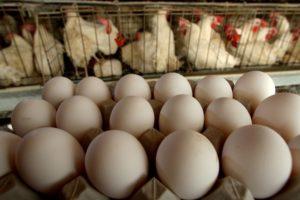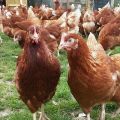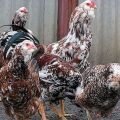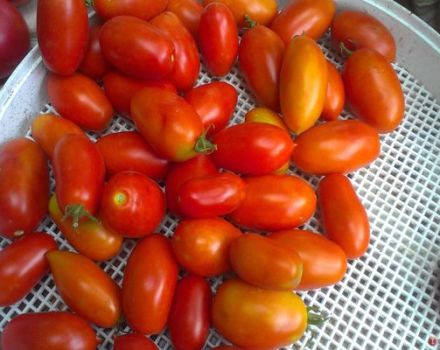A simple recipe on how to increase egg production at home
When breeding chickens, it is important to know how to increase their egg production, since these birds are very often bred precisely for the sake of obtaining domestic eggs. Providing hens with the right conditions, proper care and the necessary nutrition, can significantly improve their productivity, as well as the quality and taste of the products obtained.
How to increase egg production in chickens at home?
Laying hens are raised on large poultry farms, in villages there are chickens in every yard; some summer residents take birds for the summer. The goal is one: homemade eggs, which contain a lot of nutrients and are used as food in every family. If the egg production of chickens kept at home decreases, then measures are taken to increase the productivity of the chickens. To do this, resort to simple recipes.
Influence of various factors on productivity
There are many reasons that affect egg production. The main factors that determine performance include the following:
- Breed of chickens. Breeds are divided into egg, meat, fighting and decorative breeds. Birds are chosen depending on the purpose, more eggs are given by representatives of breeds specially bred for this.
- The age of the birds. Egg production decreases when the hen reaches a certain age. Depending on various factors, the average age is 2 years.
- Conditions of detention. The air temperature and the cleanliness of the chicken coop, the presence of walking, depend on the number of eggs obtained from the hen.
- Stress and shock. Birds are sensitive to stress. Egg production will decrease if chickens are afraid of noisy guests and animals. There will also be fewer eggs when the hens recover from the move.
- Diseases and pests. Infections, helminths and parasites cause decreased productivity.
- Chicken nutrition. The quality, quantity and composition of feed, the mode and regularity of feeding are the fundamental components of egg production.
- Water scarcity. Layers must have access to clean drinking water at all times to be productive.
- Season. In winter, productivity decreases.
- Molting of chickens. The renewal of the feather cover negatively affects egg production.
- Air temperature. When the weather gets colder, chickens lay fewer eggs.
- Stocking density. If the hens are cramped in the hen house, this will reduce egg production.
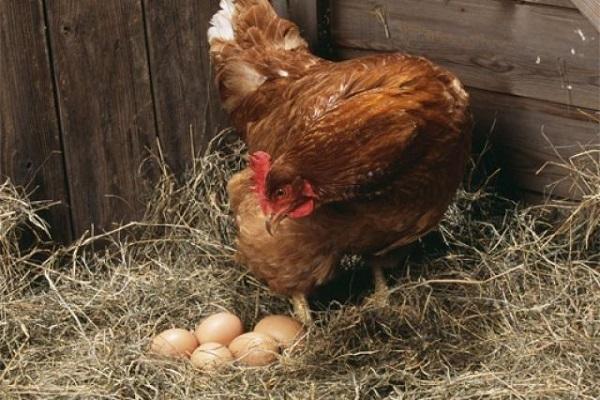
How to determine the suitability of laying hens?
To determine how suitable a laying hen is, it is necessary to examine the appearance.A bird capable of laying a large number of eggs has a small oval head. The body is dense and well knit, with a broad chest. The eyes are clear. A smooth yellowish beak is slightly bent downwards, the earrings are bright red, the feathers on the neck are thick. A healthy, promising bird is active, constantly in motion, looking for food, has a good appetite, and lays eggs regularly. If an individual is substandard in any way, it is discarded.
Ways to increase egg production in chickens
To control the egg production of chickens, you need to carefully and regularly examine the livestock. This will allow you to notice in time if the birds show signs of illness or decreased appetite, and to respond accordingly. To increase egg production, you need to improve the chicken coop, provide walking and adjust nutrition.

Nutrition
Feeding directly affects egg production. When the chickens start to lay worse, the quality of the feed needs to be improved. It is important to pay attention not only to the volume of food, but also to the composition, as well as the regularity and uniformity of food intake.
Diet
Birds should be fed on a well-defined schedule that they quickly get used to. If food is handed out sporadically, the chickens will crowd in anticipation of the treat. When the feeders are filled at the same time, the inhabitants of the hen house will quickly remember it and will gather at the appointed hour:
- Morning meal. The first time food is given immediately after awakening. In winter, despite the late start of natural daylight hours, with the help of artificial lighting, the daylight hours are increased and the morning portion is given at the same time as in summer. Thus, the egg production of chickens will not decrease.
- Evening meal. It is advisable to give grain at night, and it is better to change the look every day. For example, today is oats, tomorrow is wheat, the day after tomorrow is barley. The time of the last feeding is calculated in such a way that the chickens have time to peck the portion before they go to roost, that is, about an hour before bedtime.
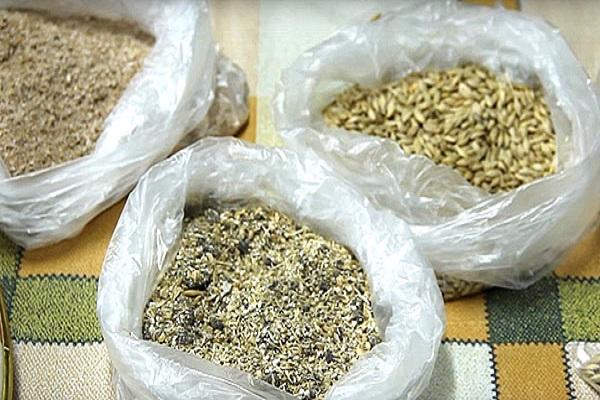
In winter, chickens are fed three times a day, while in the morning and in the afternoon you can give wet food and a mash of ground grain, boiled potatoes, bran, and in the evening - grain. In summer, if the laying hens have enough space for walking, they switch to a two-time feeding regimen; when keeping birds indoors, food is still given 3 times at regular intervals.
The diet
In order to get a lot of eggs from laying hens, it is necessary to provide adequate nutrition, which will contain the substances necessary for the body. Feed is divided into dry, wet and mixed:
- Dry food is a grain mixture. It can include barley, oats, wheat, rye, titical (a hybrid of wheat and rye).
- Wet food is not stored for a long time, it is better to cook immediately before use and give in such quantity that the chickens chew up in an hour, otherwise the excess will acidify. More often, a mash of bran, boiled potatoes, vegetables, food waste is used as such a feed.
- Mixed feed is produced by mixing dry and wet.
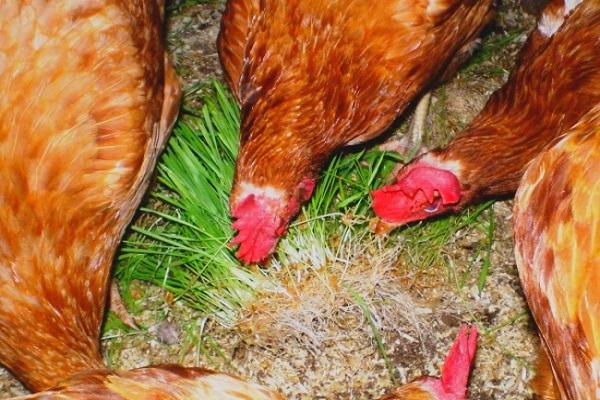
The diet of chickens should, in addition to food, contain clean water in sufficient quantities. It is necessary to monitor the drinking bowls, replenishing them as they become dirty or empty. To improve digestion, birds are given small pebbles, gravel or sand.
The diet includes vitamins and trace elements, adding premixes to the feed - vitamin and mineral complexes.
Use of compound feed
The use of ready-made commercial compound feeds saves the poultry farmer's time, and also guarantees that the bird receives the substances necessary for the body. The composition of compound feed for an adult laying hen most often includes wheat, barley, corn, soybean and sunflower meal, meat or fish meal, crushed shell, phosphate and salt. You can make compound feed with your own hands by chopping and mixing all the ingredients.

High productivity breeds
To get the maximum possible number of eggs, you should think about this even at the stage of choosing layers. There are breeds with high egg production, they need to be given special attention if chickens are planned to be kept just for the sake of eggs:
- Leghorn. Despite the fact that Leghorn chickens are shy, they produce a lot of eggs: the recorded record was 371 eggs per year. Birds begin to rush from five months.
- Hisex. This breed is a hybrid of Leghorn and also has a high egg production - up to 300 per year. Chickens have good immunity and are resistant to cold weather.
- Loman Brown. The advantage of the breed is the calm nature of the chickens and the high number of eggs, up to 320 per year. In addition, birds have high adaptive qualities. The disadvantage is that productivity is significantly reduced when the chicken is only one and a half years old, respectively, the composition will have to be constantly updated.
What conditions of detention are required?
In order to increase egg production, it is important to provide the chickens with proper housing conditions. The arrangement of the chicken coop and walking area directly affects the productivity of the layers.
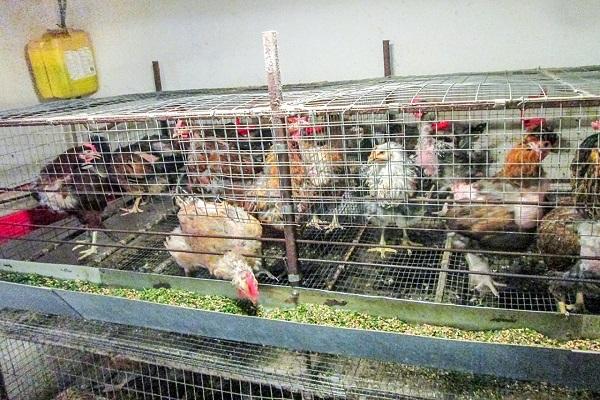
Chicken coop microclimate
The size of the dwelling for chickens is provided at the rate of half a square meter per individual. Optimally, the chicken coop should be 22-25 degrees to maintain such a temperature, insulate the floor, walls and ceiling, install heaters. For the intake of fresh air, ventilation must be arranged, mounted in such a way that there are no drafts. Windows will provide natural light, lamps - artificial.
Hygiene is maintained by regular cleaning and washing of the feeders.
Walking hens
The range for birds should be spacious, surrounded by a high fence, feeders, drinkers are installed inside, and grass is sown. It is necessary to provide a canopy from the sun and precipitation.
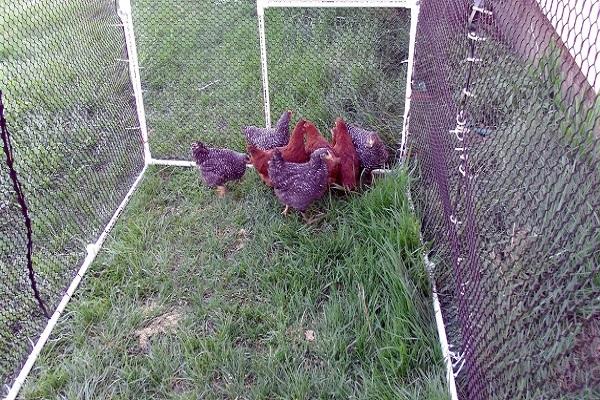
Lighting
Daylight hours for good performance should be between 14 and 16 hours. If necessary, for example, in winter, the illumination is regulated by installing and turning on additional lamps in the chicken coop.
Forced molt
Forced molting is usually used in large farms or poultry farms. It is used for chickens from about one and a half years old, so as not to replace the laying hen, which over time began to lay fewer eggs, with a young one, but to induce a new laying cycle in her.
This extends the life of the individual, heals the bird, and increases the quality of the eggs. In contrast to long-term natural molting, forced molt takes place in a shorter period of time and is caused in all livestock simultaneously due to zootechnical methods.
The egg production of domestic chickens can and should be increased. Simple techniques will allow you to provide layers with proper nutrition and proper housing conditions, which will help improve their productivity.
